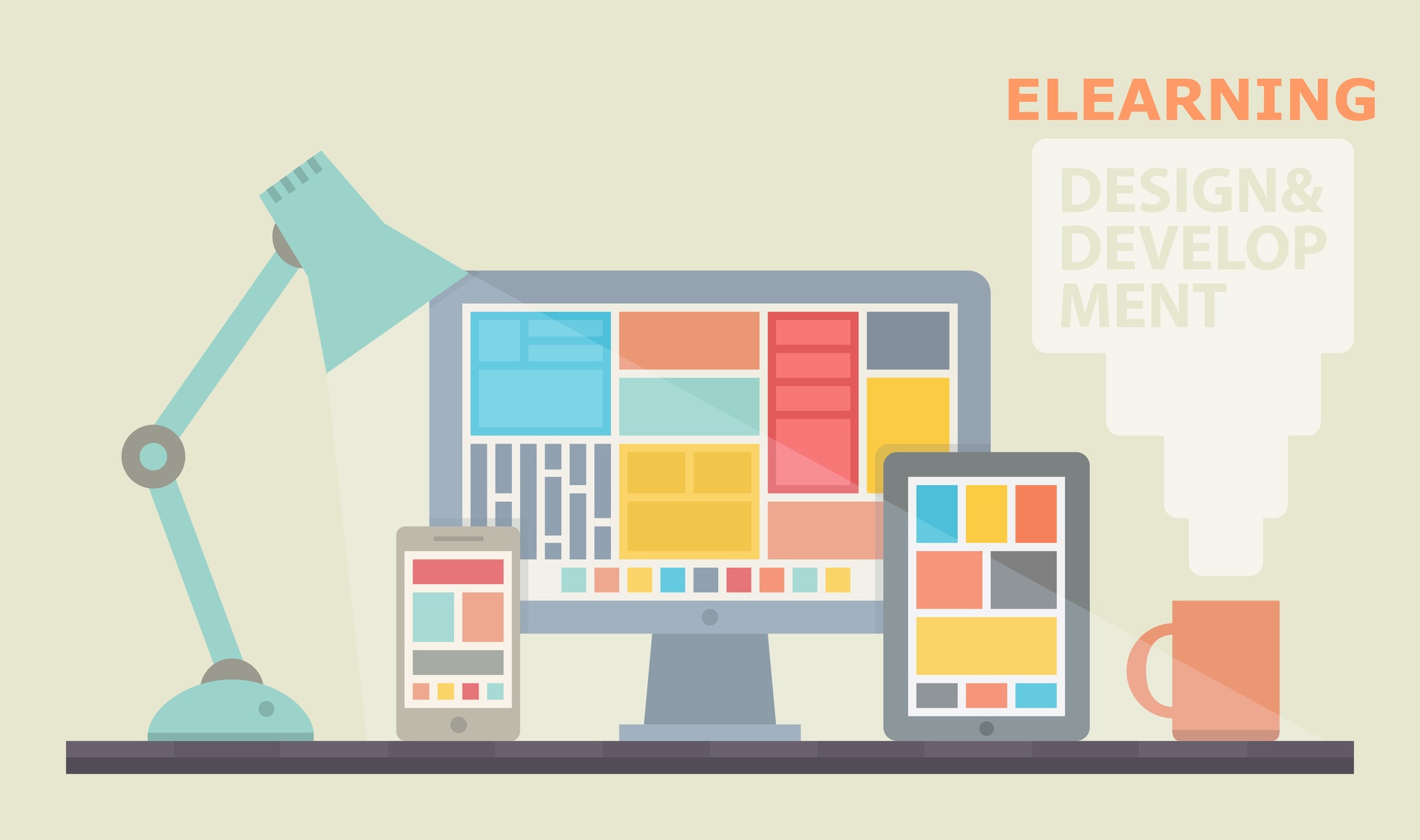Video Games: More than just a Hobby
That world has arrived with the rise of “eSports.” Video game sales are already a multi-billion dollar industry, but there are other new markets growing with the gaming space. The rise of professional video gaming will soon become a billion dollar industry. According to research from Newzoo, eSports is growing at such a rapid pace that the fan base will surpass the NFL’s by 2017.
This competitive online video game culture is a global phenomenon and has started becoming popular in the U.S within the last few years. Some examples of popular eSports games include StarCraft 2, DOTA 2 and League of Legends.
Large sums of money are being made by the best gamers in eSports by receiving sponsorships, winning million-dollar prize packages and earning ad revenue from their online video streaming channels. In other words, eSports isn't just a closet hobby anymore.
eSports and eLearning
So what does this have to do with eLearning? Well, if a video gamer wants to be at that top level of gaming, they have to be able to compete with the best in the world. Strategies to get to the top can be so complicated that players are seeking out online tutorials, assistance with elo boost (which helps the player’s account get to higher brackets), and finding personalized online coaching sessions. Which, oddly enough, has made video game training into an industry. LoLBoost.net founder Beth Henriksen shares how her company has started to provide eLearning solutions:
- Individualized lesson plans
Our coaches survey the clients prior to starting the coaching program. Similar to individual learning plans for students in other disciplines, we want to ensure that our lessons are tailored directly to the client’s strengths and weaknesses. This means finding out their preferred role, identifying tactics which they think they need to improve on, and in some cases, reviewing the client’s recorded games. - Online trainers/coaches
Just a decade ago, no one could have anticipated that people would be getting paid to train and coach video gamers – but that’s exactly what our company does. In order to accommodate this unique service, we have tools for screensharing during the game and live commentary from coaches while watching the client play. The coach and client will log in simultaneously – sometimes the coach will observe the client play and provide feedback; at other times, they collaborate on the same team or play one-on-one. The goal here is to recreate the environment of play and be able to give direction as the player is making mistakes to help reinforce new behaviors. We see our best results from this real-time feedback, and our clients see the results as well – some of our coaches at LoLBoost have made as much as $10,000 from one client. - PDF guides and eBooks
Our top coaches have created guides to help players learn to master certain champions (characters in the game), roles (like positions on a soccer field), or strategies and tactics. These help to supplement the coaching piece of the program; a coach might recommend that a client review a guide to improve their play. - Video demonstrations
For more commonly requested or required lessons, we will provide pre-recorded demonstrations of tactics and strategies executed by professional players. These are supplemental to our main eLearning program, which is more hands on; we’ve found that players tend to learn better by doing rather than watching.
The Future
There is no doubt that eLearning has benefited greatly by incorporating gamification methods into teaching curriculums that increase engagement with students. But I think our business shows that there’s room for a true eLearning platform for video games in the market. We provide all of the pieces separately, but a true, unified platform to serve the eSports market could help to serve more people with a standardized baseline of eSports training.
What lies on the horizon for eLearning and eSports? As more and more people play these games at a professional level, the interest in coaching will rise. While today’s methods of serving the professional gaming community are highly individualized, it’s most likely that automated eLearning platforms for eSports will have to exist. eLearning in eSports is just getting started and it will be interesting to see where the future leads.







![Top 20 eLearning Statistics For 2019 You Need To Know [Infographic]](https://cdn.elearningindustry.com/wp-content/uploads/2019/08/top-20-elearning-statistics-2019-need-know.png)